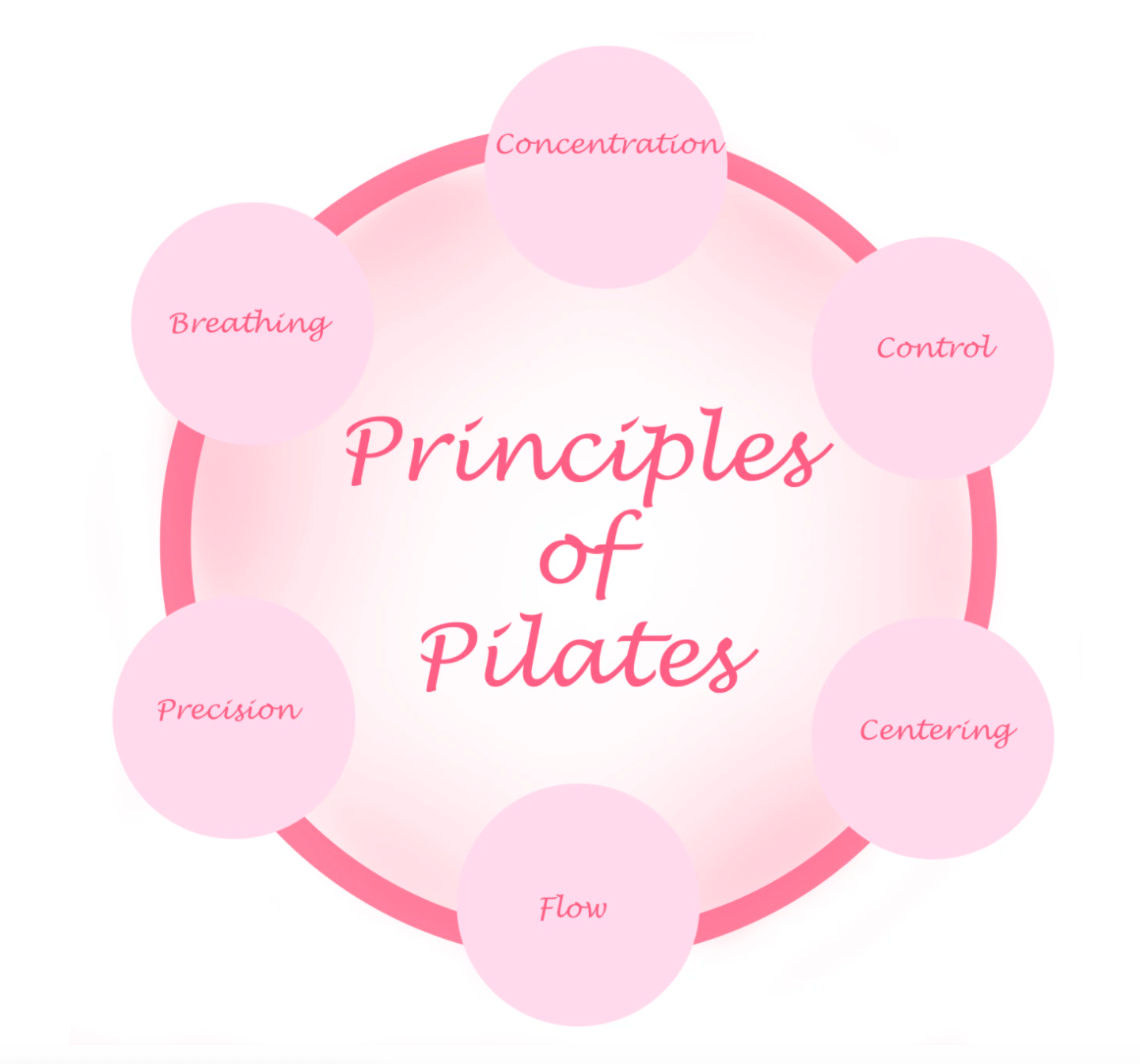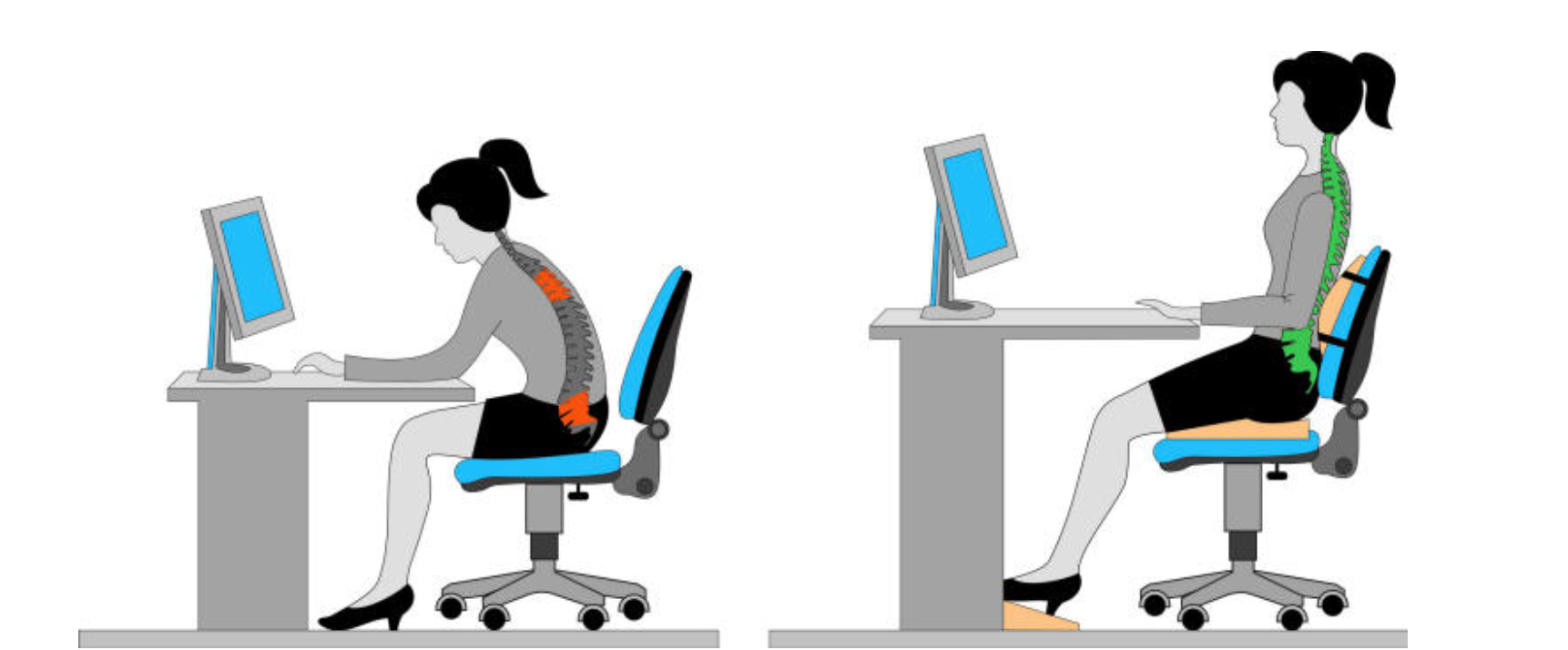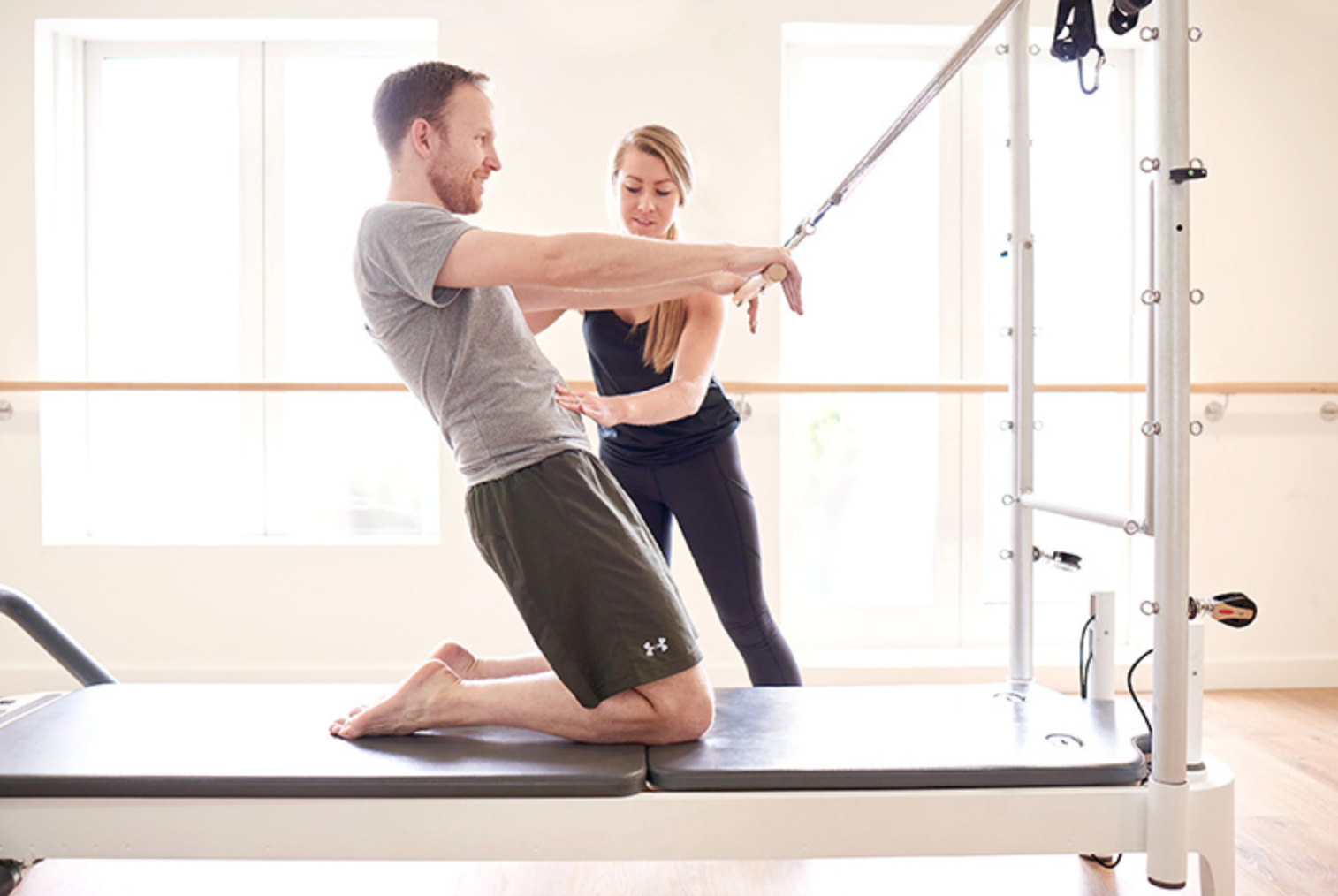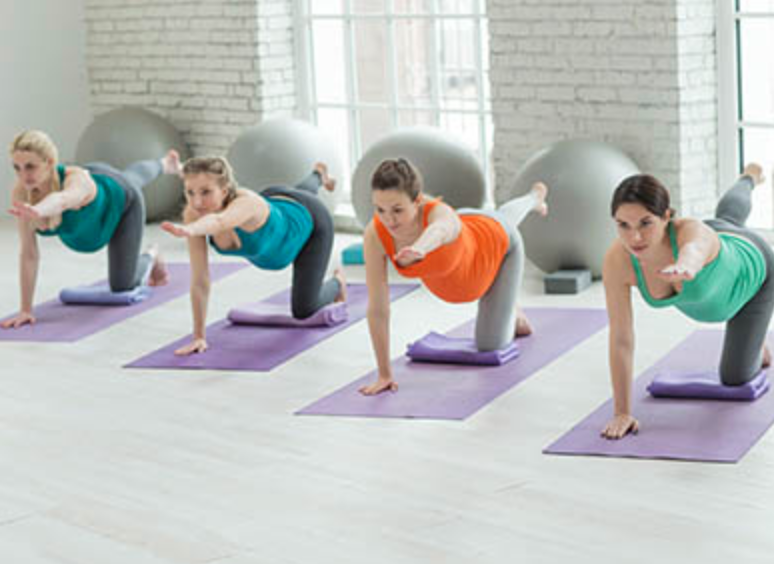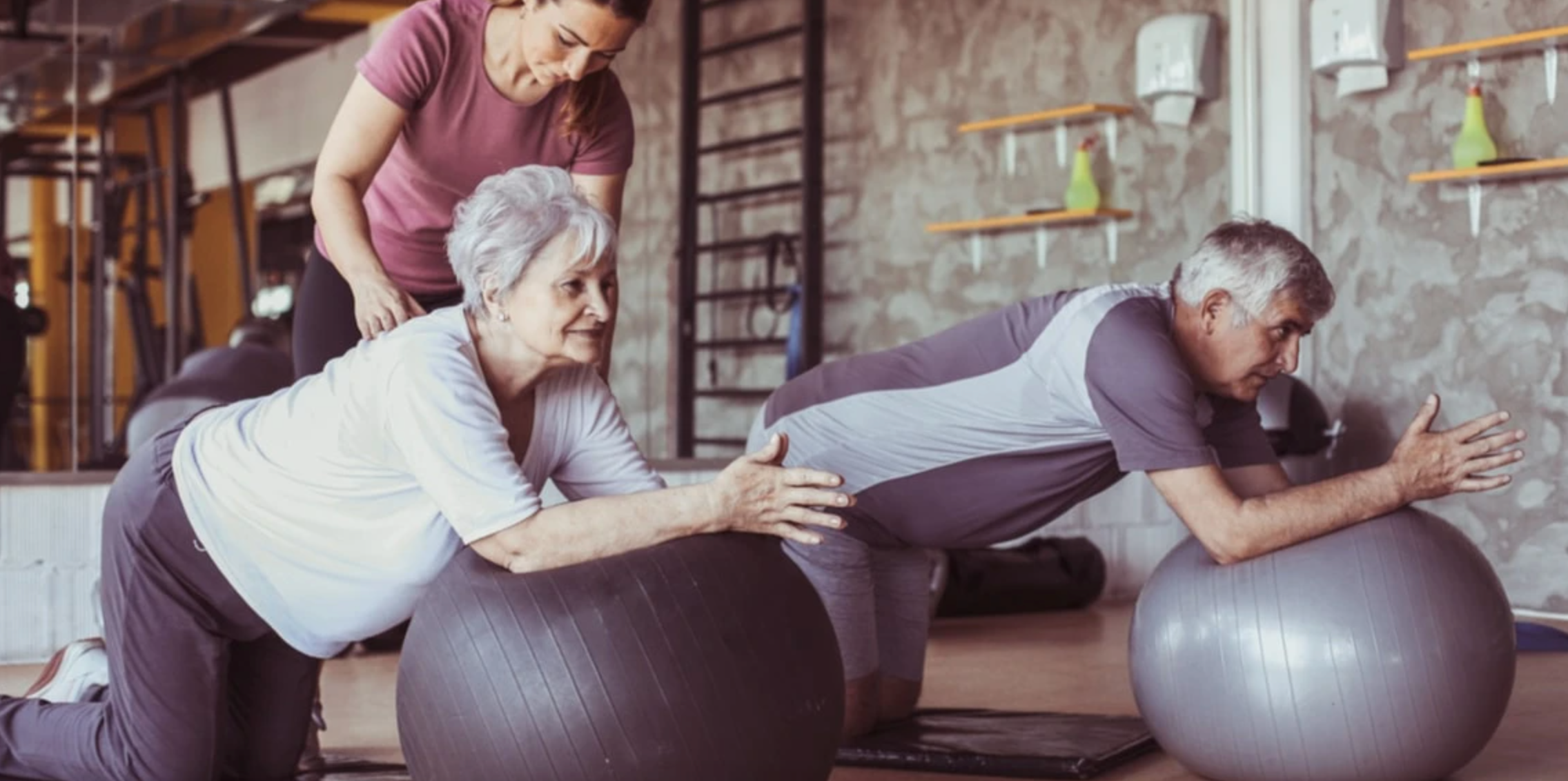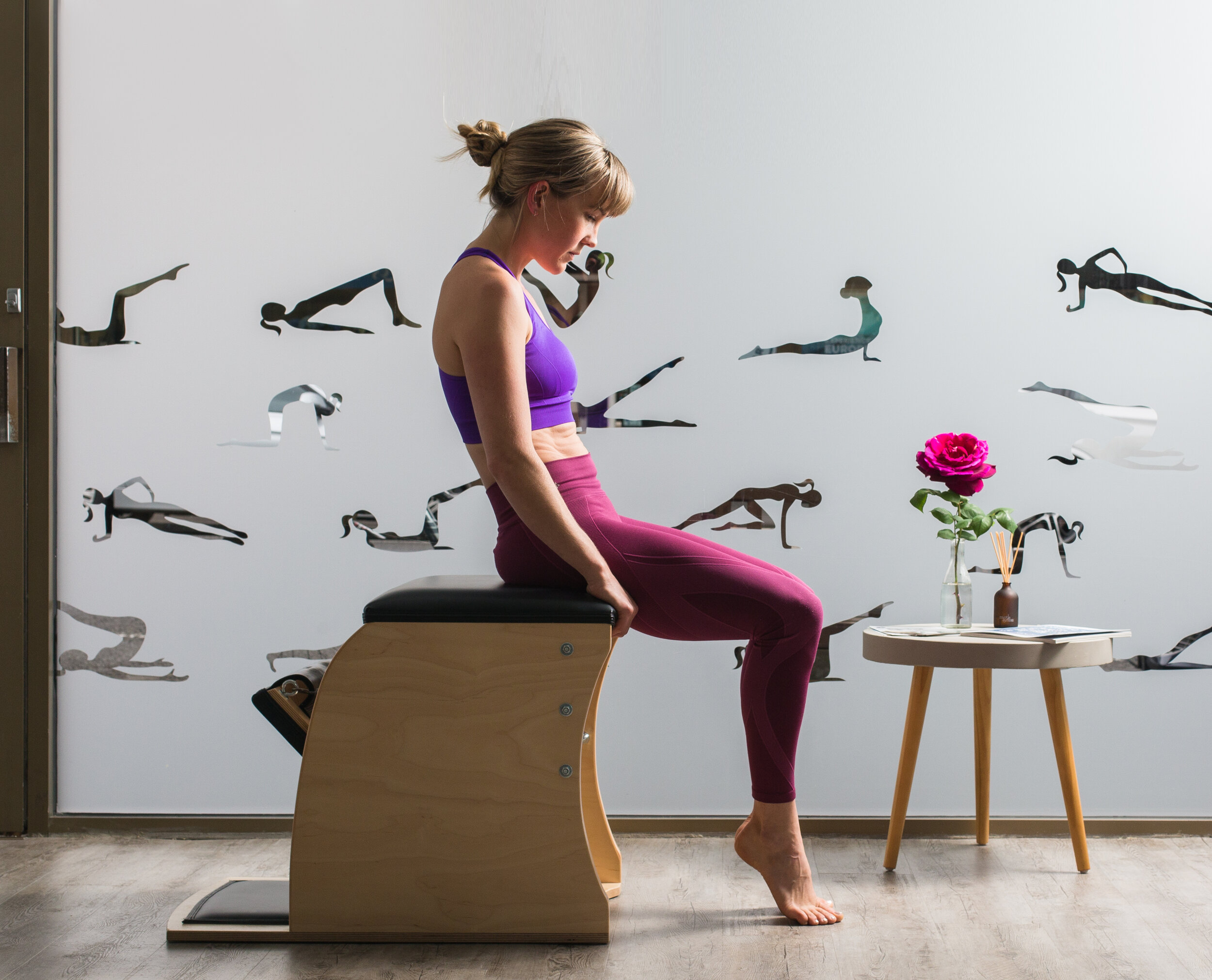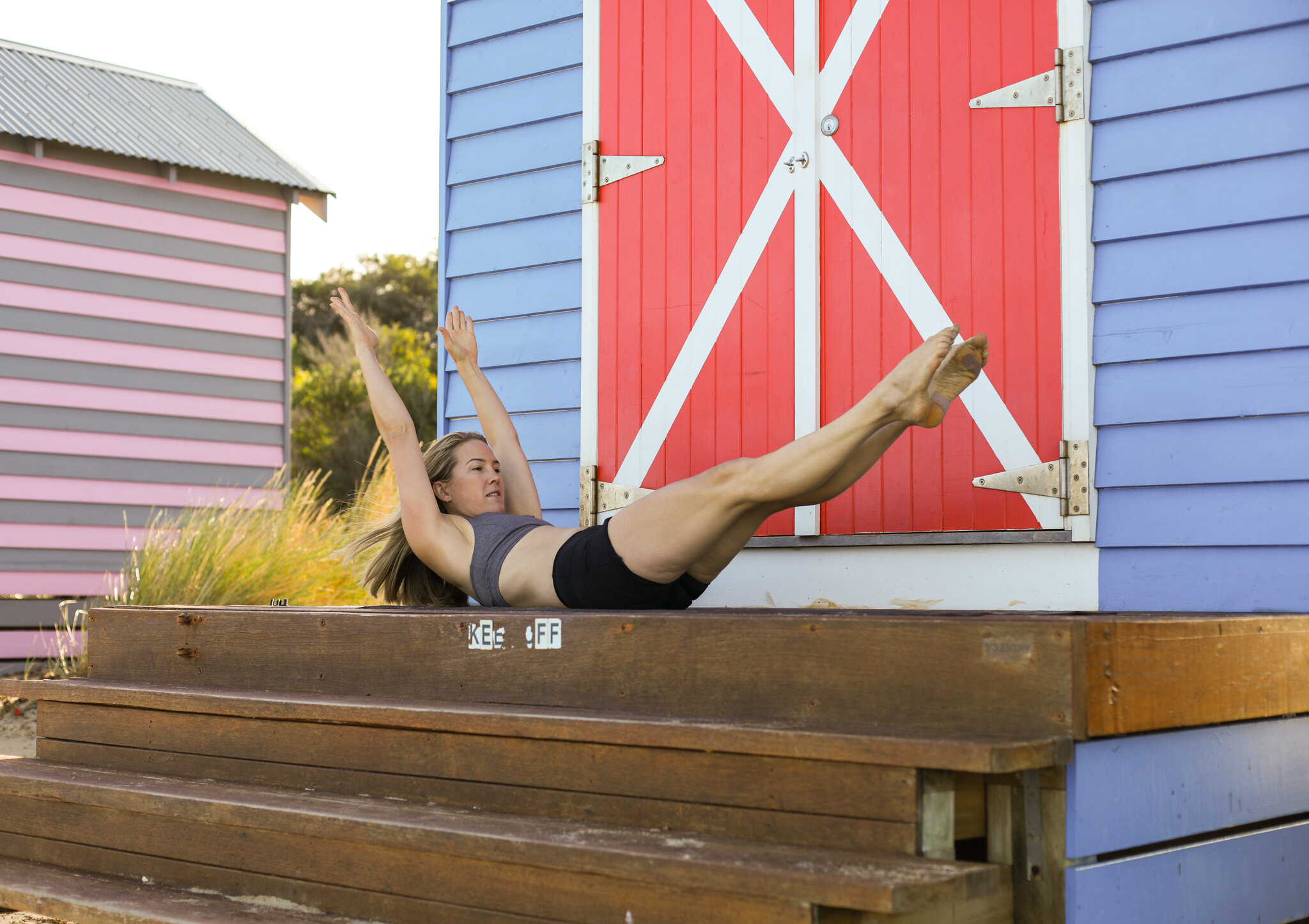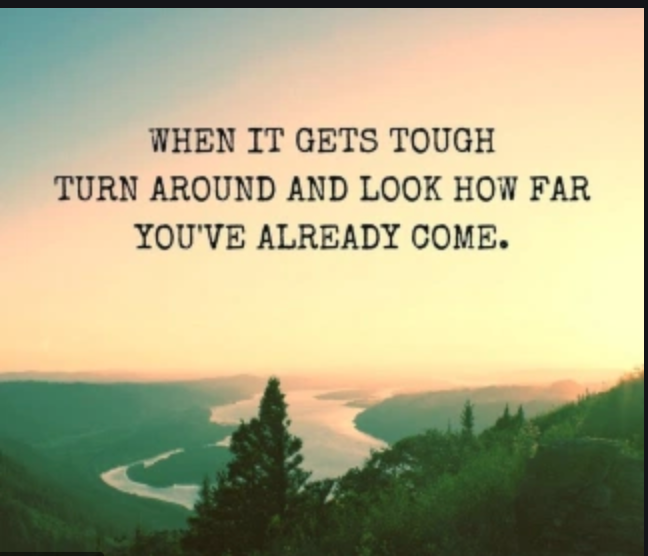Pilates is a practice of accountability.
The definition of being accountable, is-
‘required or expected to justify actions or decisions; responsible'.
Doesn’t it feel good when you decide to do something hard and then you do the hard thing and then you can bask in that feeling of accomplishing that hard thing?
Hard things for you may (or may not be):
Climbing up a slide the wrong way to play tag with your child
Pitching to a group of colleagues and clients about your latest game changing idea
Saying no to that family member who constantly asks to much of you
Swimming at the beach in your swimsuit for the first time in 20 years
Training for and completing that half marathon
The list could go on and on…
What got you to the point where you could do that hard thing?
Practice, positive self talk, commitment, embracing and owning the fear and then moving past it, changing your mindset.
Maybe you externalise the motivation? Doing it for your kids, doing it for the greater good of the family, doing it so I can fit into that dress next month.
Maybe it’s an activity you want to be a habit? So you do it even when the motivation isn’t there. You push past the lethargy, and feelings of sluggishness because you know the habit will serve you well.
It’s a bit like a Pilates practice.
It can be scary at first. Trying new things. Going outside of your comfort zone. Pushing the boundaries.
But, the more you show up for yourself, the more you will be winning at life.
The more good habits in your life, the less chance there is for bad ones to take over.
That’s why I always hold my clients accountable. Accountable for showing up. Accountable for giving it go. Accountable to the practice. Because when you practice hard things and commit to them, you are essentially practicing life.
When your kid’s parent-teacher interview is cancelled, you reschedule.
When a court case is adjourned you plan for when it recommences.
When a lockdown in a pandemic steals your birthday plans, you reschedule them.
When wet weather derails your outdoor wedding plans, you move the wedding inside, it’s called a ‘back up ‘plan aka plan B.
When you can’t make your normal Pilates session you reschedule it so that your body doesn’t miss out/lose the benefits/gains you’ve made so far. It might not be your ideal time for that week, but it’s your plan B.
Something I hear a lot from my clients is ‘jeez whiz, you can really feel it when you miss a class’.
Yep you can.
Your body has worked hard to feel good, it needs that consistent input of instruction and movement to continue to develop new muscle memory and pathways. Once you start Pilates, and you start to feel and notice the benefits, so does your body. It knows what it’s like to feel good. It will crave space and length and freedom in movement, it will appreciate being challenged in news ways, it will make you feel strong and connected. When you start missing classes, it feels a bit like taking one step forward and then two steps back.
So how much do you want to achieve that goal?
To run faster.
To have less back pain.
To be able to keep up with the grandkids.
To be able to lift heavier weights.
To return to golf with out knee pain.
To be in control of your body and not your body in control of you.
To be able to sit at your work desk without neck pain.
Now it’s up to you not to miss your Pilates class, so you can reach your goal sooner.
When you reach that goal, then you gotta work to sustain and maintain it. Make it a habit so that on those sluggish days, you don’t have to rely on motivation, make it a habit that is so hard to break, that on those one off occasions you have to miss a session, you schedule in two classes the next week, to get yourself right where you left off. Showing up for your Pilates is showing up for yourself, it’s like your own little personal cheer squad cheering you on, rooting for you and high fiving you when you score!
I know how it feels when I miss a session, not good, not good at all. And I will do whatever I can for my clients to not experience that too. That’s a part of my job that I take seriously.
So the next time you cancel your class and your Pilates teacher says sure thing, can we reschedule? Know that it is coming from a place of wanting to see you win, win at achieving those goals, win at sustaining those goals and winning at life. Your teacher is in your corner, cheering you on, rooting for you, high fiving your achievements (maybe not outwardly- hello, social distancing- but definitely on the inside) along the way!





